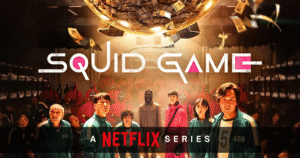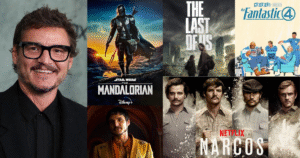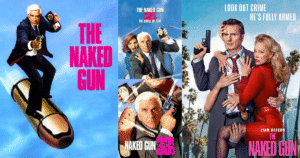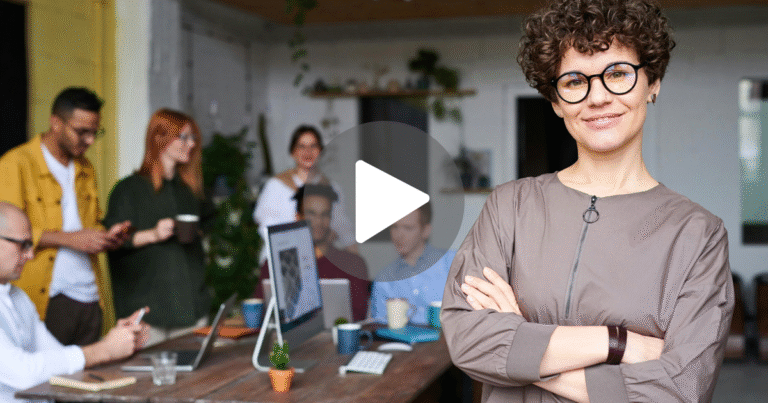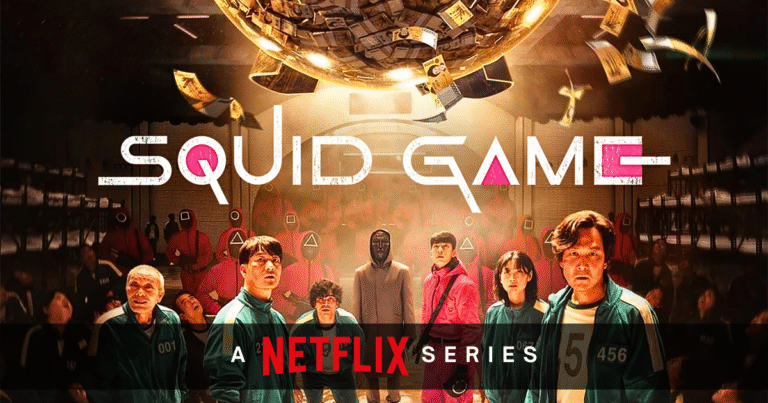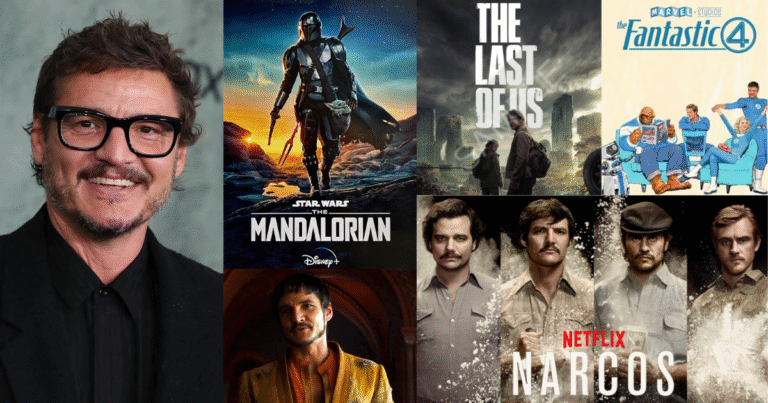People don’t connect with businesses, they connect with stories. And in the world of video content, a well-crafted corporate film is your best chance to share a story that makes people care.
Whether you’re introducing your brand, highlighting a new product, or showcasing your company culture, storytelling through film isn’t just a creative choice, it’s a strategic one.
But here’s the thing: Not all corporate films are created equal. Some are forgettable. Some feel staged. The ones that stick? They have a heartbeat. They feel real. And most importantly, they resonate.
Let’s explore how you can use storytelling in corporate films to build trust, create emotion, and leave a lasting impression.
Why Storytelling Works in Corporate Films
Facts and data are important. But people rarely remember numbers. They remember how something made them feel.
Storytelling taps into emotion. It gives your audience a reason to care about what your brand stands for. It turns information into something that’s not just heard, but felt.
In a crowded digital world, storytelling sets you apart. It transforms your corporate film from a pitch into a moment.
What Makes a Story Resonate?
You don’t need an epic script or a blockbuster budget. You just need authenticity, structure, and heart.
Here’s a breakdown of the key ingredients that make corporate storytelling work:
1. A Clear Purpose
Before you hit record, ask:
What do we want people to feel, remember, or do after watching this video?
That clarity will shape your entire approach, whether you’re telling the story of your founder, showing how your product changes lives, or capturing the spirit of your team.
2. A Real Human Angle
The best corporate films are not about “the company.” They’re about people.
Show your employees. Feature your customers. Bring in the voice of the founder. Let real stories lead the way. When people see real faces, they’re more likely to listen and believe.
3. A Beginning, Middle, and End
Every good story has structure. Your film should too. Here’s a simple format:
- Start with a challenge or moment of truth
- Build toward a turning point or insight
- End with a resolution or forward-looking message
Even if the film is just 90 seconds long, this rhythm creates emotional engagement.
4. Tone That Matches Your Brand
Is your brand friendly and casual? Bold and innovative? Warm and people-first?
Let that tone shape your storytelling style. A tech startup might use humor. A legacy brand might use depth and reflection. The tone should feel aligned with your brand voice, not like it’s trying too hard.
5. Visuals That Tell the Story Too
Great storytelling in film doesn’t just happen through words. Think about:
- The music you choose
- The color palette
- The pace of editing
- The facial expressions you capture
Sometimes, a single close-up can say more than a paragraph of dialogue. Make every frame count.
Common Types of Corporate Films That Use Storytelling Well
Not sure where to start? Here are a few formats where storytelling shines:
- Founder stories – The why behind the brand
- Customer success videos – Real-world impact of your product
- Recruitment films – What it’s like to work with you
- CSR films – How your brand contributes to a larger purpose
- Anniversary or milestone videos – A reflection on your journey
Each of these gives you an opportunity to share something meaningful, not just promotional.
How to Craft Your Story: A Simple Framework
Let’s say you’re working on a brand film for a wellness company. Here’s a simple way to shape the story:
1. Set the Scene:
Open with a relatable problem, maybe it’s the stress of modern life, or the struggle to find time for self-care.
2. Introduce Your Role:
Show how your brand understands this challenge and has created something to help, without overselling.
3. Show the Change:
Feature real people using your service. Capture their transformation, no matter how small. Let their voice shine.
4. End with Heart:
Wrap up with a feeling of hope, clarity, or purpose. Keep it human. Keep it real.
This structure can be adapted to fit almost any brand or message.
Tips for Making Your Story Feel Authentic
- Use real voices, not just scripted lines
- Avoid buzzwords and corporate jargon
- Let people speak in their own words
- Keep the visuals simple and sincere
- Trust emotion, it’s what people remember
If you can, film on location where your work actually happens. Offices, homes, community spaces—real environments always bring more authenticity than sets.
Measuring the Impact of a Story-Driven Film
So, how do you know your story hit home?
Look beyond just views. Focus on:
- Engagement: Are people watching till the end?
- Comments and shares: Are they emotionally reacting?
- Website metrics: Do visitors spend more time after watching?
- Sales and leads: Is there a measurable business lift?
- Internal feedback: Does your team feel proud to share it?
A great corporate story isn’t just watched. It’s remembered. It gets forwarded to friends. It becomes a talking point. That’s impact.
Final Thoughts: Film Is Your Brand’s Voice
In today’s world, people don’t want polished pitches. They want honesty. They want to understand what you stand for.
Storytelling through film gives you a powerful way to show who you are, why you exist, and how you’re different.
Don’t just make videos. Tell stories worth watching. That’s how you make your brand feel human, and that’s how you truly connect.
